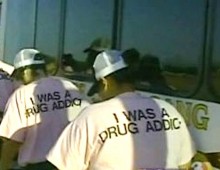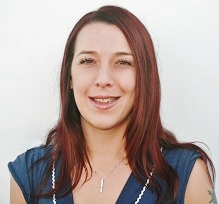 If you are interested in this field, this is quite simply one of the best books you will ever read. Bill, thank you!
If you are interested in this field, this is quite simply one of the best books you will ever read. Bill, thank you!
‘A new edition of Slaying the Dragon: The History of Addiction Treatment and Recovery in America has just rolled off the presses. The first edition (1998) went through multiple printings and has been used as a text in collegiate addictions studies programs.
Of even greater import has been how this history helped many people in recovery see themselves as “a people” and contributed to the rise of a new recovery advocacy movement in the U.S..
It is ironic with all I have sought to do professionally within the addictions field that my most lasting contribution will likely come from my hobby – four decades of investigating the history of addiction treatment and recovery. It is thus fitting that one of my final acts of professional service will be releasing this new edition.
















